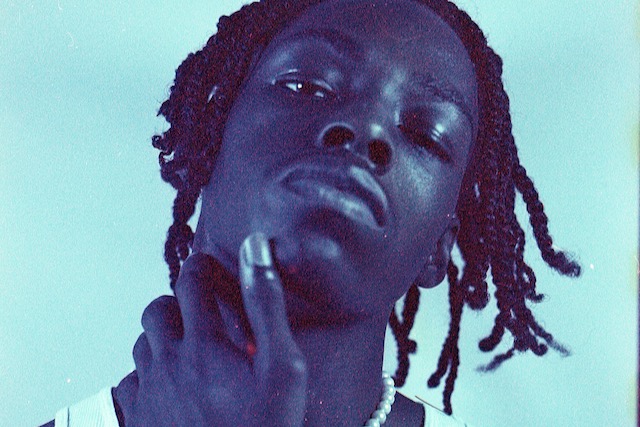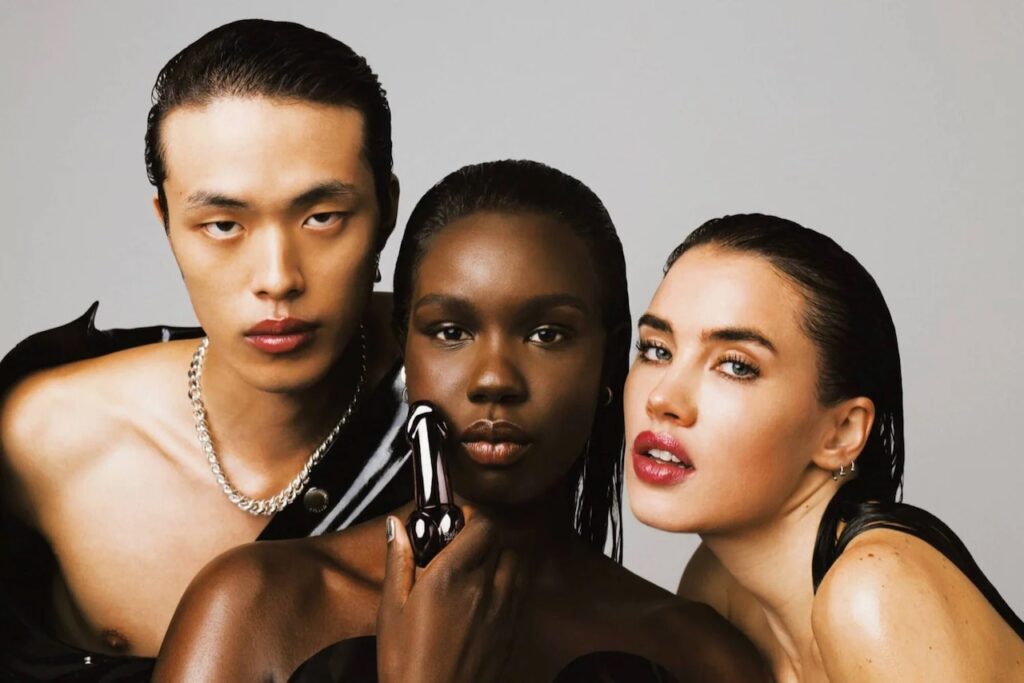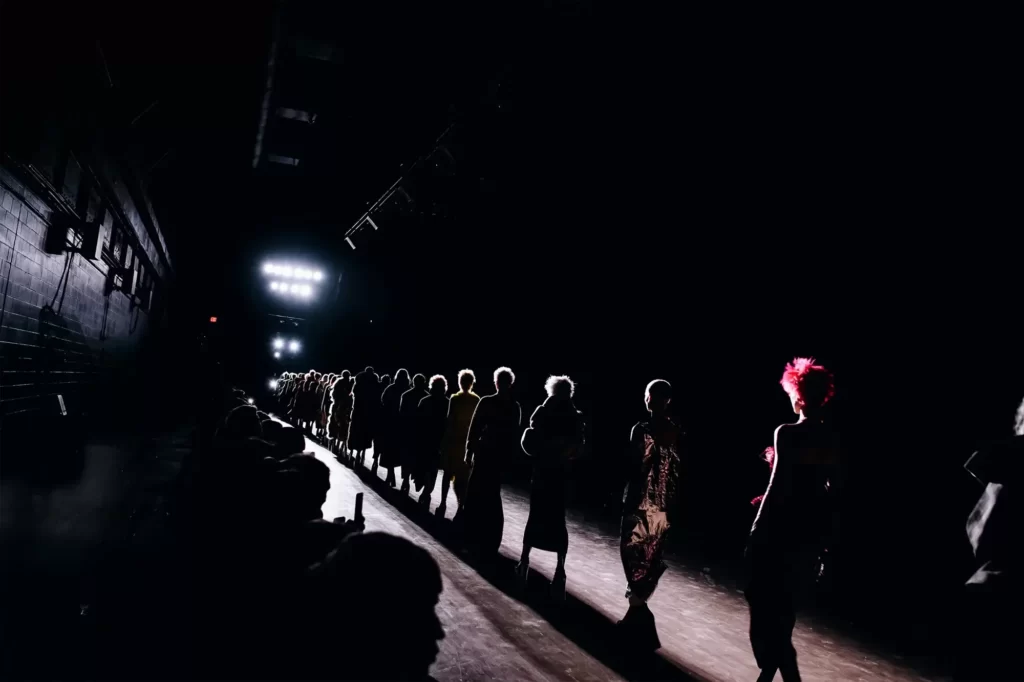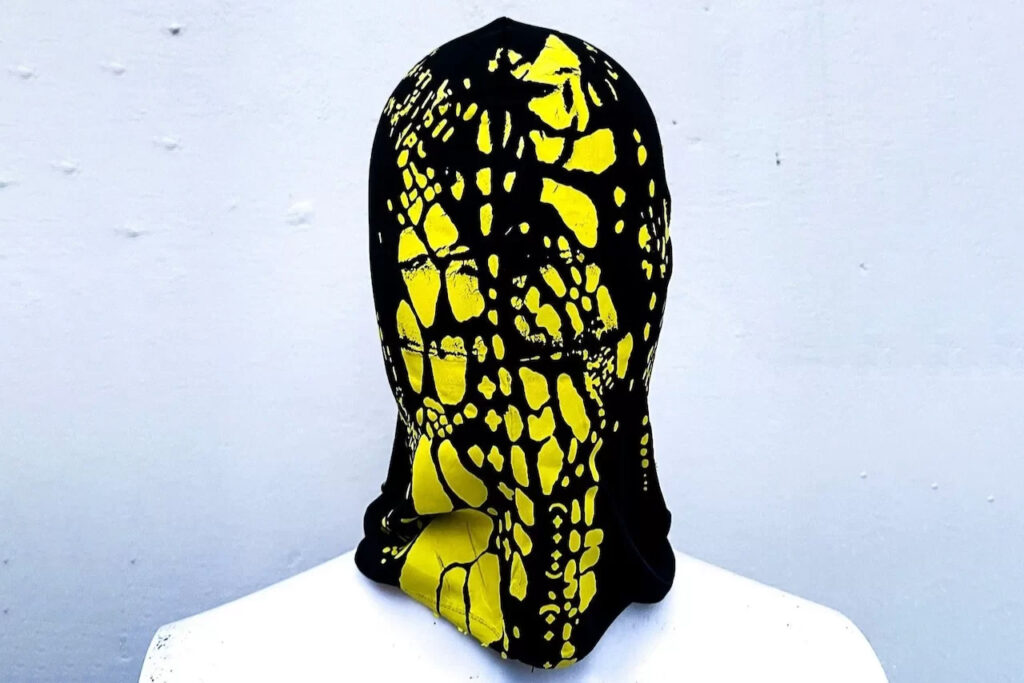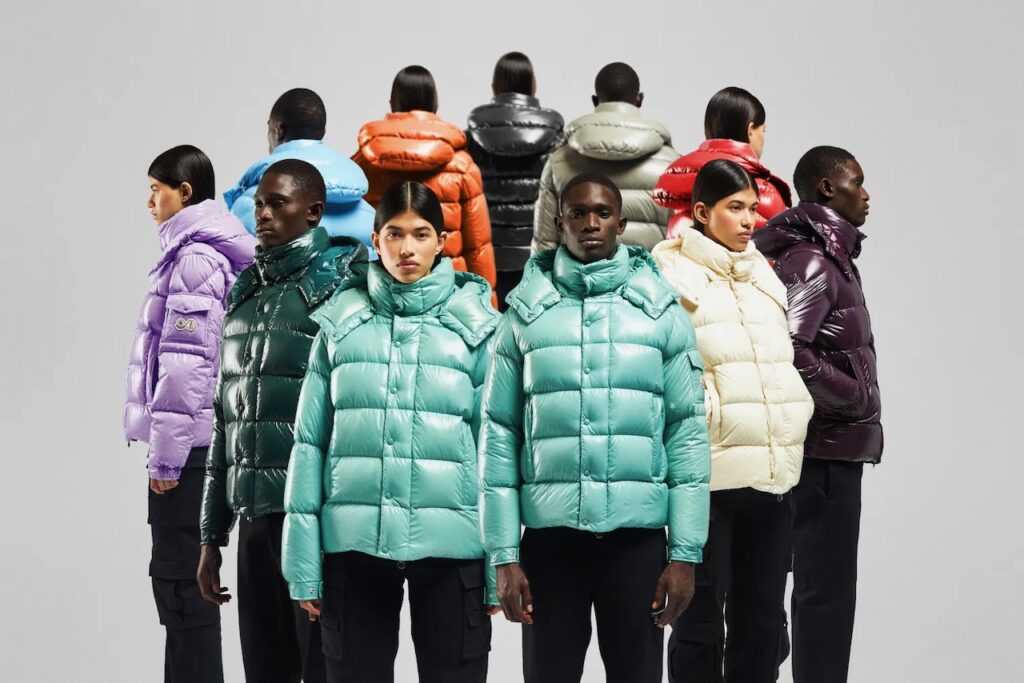Look right… Right. Now look left. Now to the West guys. Aaaand to the East. Yep, that’s it, just like that. Now keep looking to the East. Why you ask? Well, so you can focus on the same thing we are diving into on this fine sunny May day: TNCers, today we’re setting our sights on India.
Keep in mind this was written within the CET timezone, should you find yourself elsewhere, this might not strictly apply to you, soz. The rest of the article is worth it though, promise.
Where were we? Right, India. Eyes on India.
This isn’t the first time we’ve dipped our toes into this beautiful country’s contemporary culture. And seeing as their presence in the global market, as well as their role in global pop culture, keeps getting bigger and better, we figured it was time to explore a little more of the streetwear world in India. Particularly taking into account the following things: Firstly, India is set to become one of the largest consumer economies by 2025, the third largest in fact. It may even triple the size of that of the US. Moreover, due to a growing young population and a notable increase in the purchasing power of the Indian youth, the South Asian country seems to be experiencing a shift as far as representation and visibility of subcultures go. An occurrence that is expected to intensify throughout the next decade.
Fashion, in particular, is beginning to gain massive momentum. In a country that had been dominated by traditional clothing and polo shirts, hype culture and streetwear are becoming a cultural phenomenon. But why has the popularity of streetwear grown so much in India lately? Where did it come from? And more importantly… What has come of it?
India… Why the sudden hype for streetwear?
Social media. That’s it.
Weeeell not really, it goes a lot deeper than that, but it is true that social media has played a pivotal role in all of this. Still, the rise in the streetwear movement in India happened, in the first place, because of a hungry youth’s desire to challenge the norms, and defend their right to express themselves beyond pre-existent limitations imposed by the older conservative generations in charge.
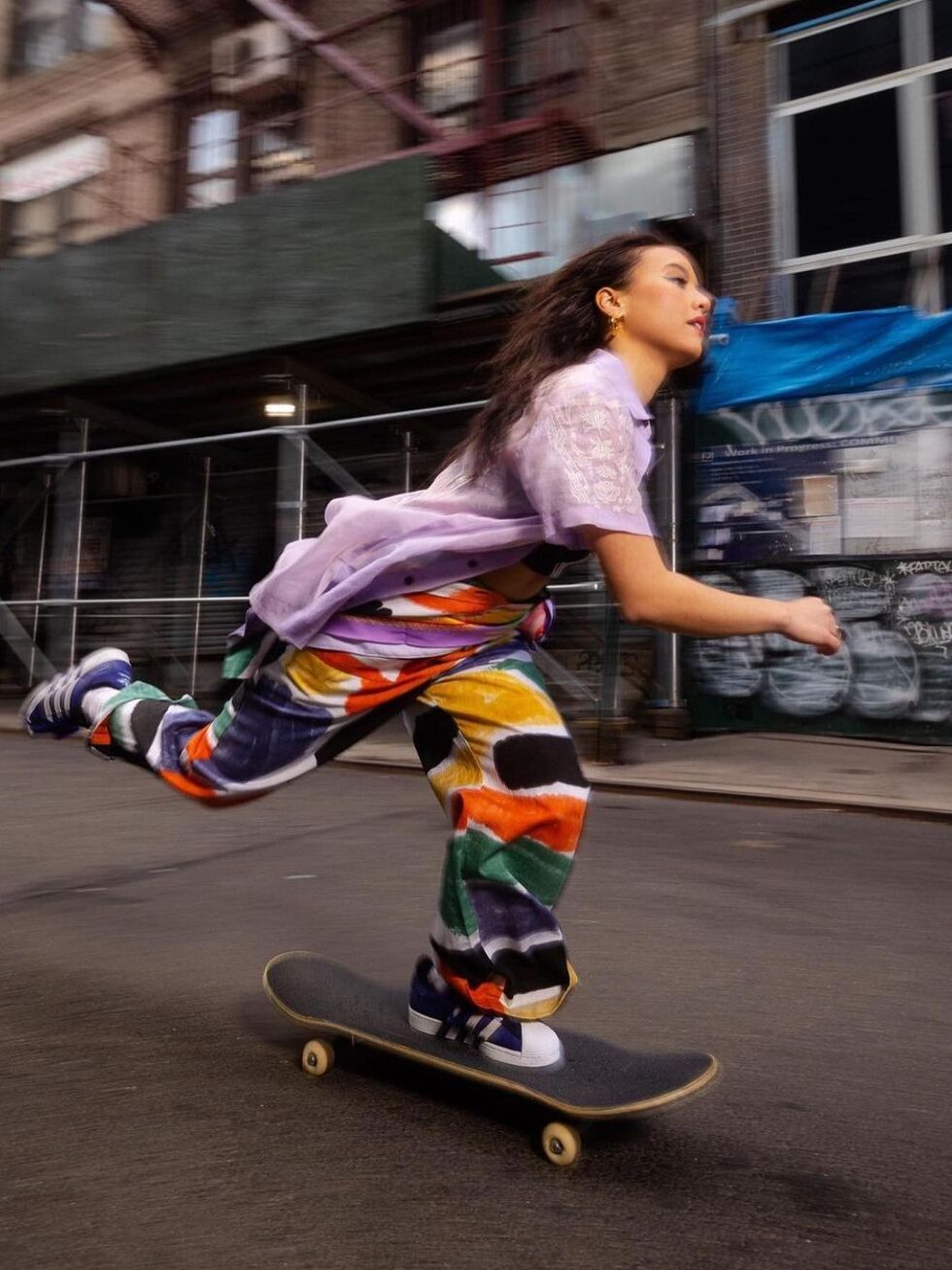
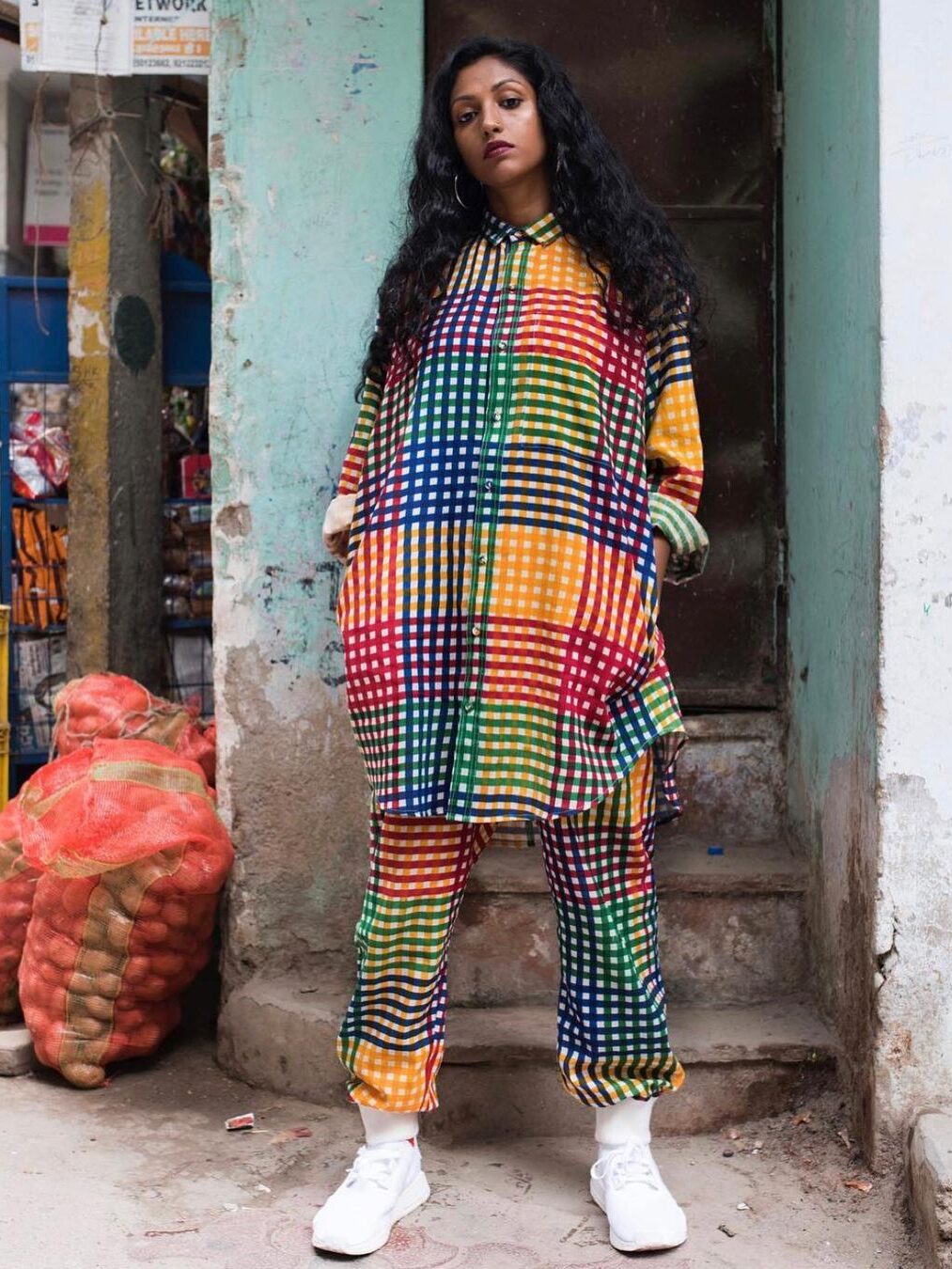
Streetwear in India is a youth-led movement fighting for self-expression
India’s traditions are notoriously embedded in modern day-to-day life. To some, it’s the hierarchical way of life, and the youth’s duty to fulfil familial expectations isn’t cutting it anymore. They do not wish for older generations to dictate how they should dress, speak, or just generally live. Much of the Indian youth no longer wants to treat certain aspects of life, which some might consider quintessential youth, coming-of-age experiences, as taboo. Letting loose, partying, exploring one’s sexuality (or rather sexuality at all), having a drink… All frowned upon publicly.
Now, relying on the vehicle of music, and film, the youth is liberating itself from the chains of social norms imposed by their predecessors. Hip-hop is making its way to mainstream music in the form of Punjabi and Hindi rap, it’s even sneaked its way into Bollywood. A new wave of artists that aren’t simply following suit, nor are they blatantly rejecting their roots and copying other foreign styles. Instead, they are becoming accurate representations of their generation and its influences, taking in global culture, digesting it with their own to infuse it all into Desi Hip Hop. Representative, contemporary, music the youth of India can call their own.
Bollywood is also waking up to this too, with new productions taking place that more accurately depict the Indian youth, and depart from some of the popular stereotypical movies that this industry is known for.
As younger generations in India become more expressive, so does their fashion.
In this regard, I guess the hype for streetwear isn’t sudden at all. Rather, it’s a sentiment that has been simmering for quite some time, bubbling to the surface now thanks to the visibility and agency offered by social media.
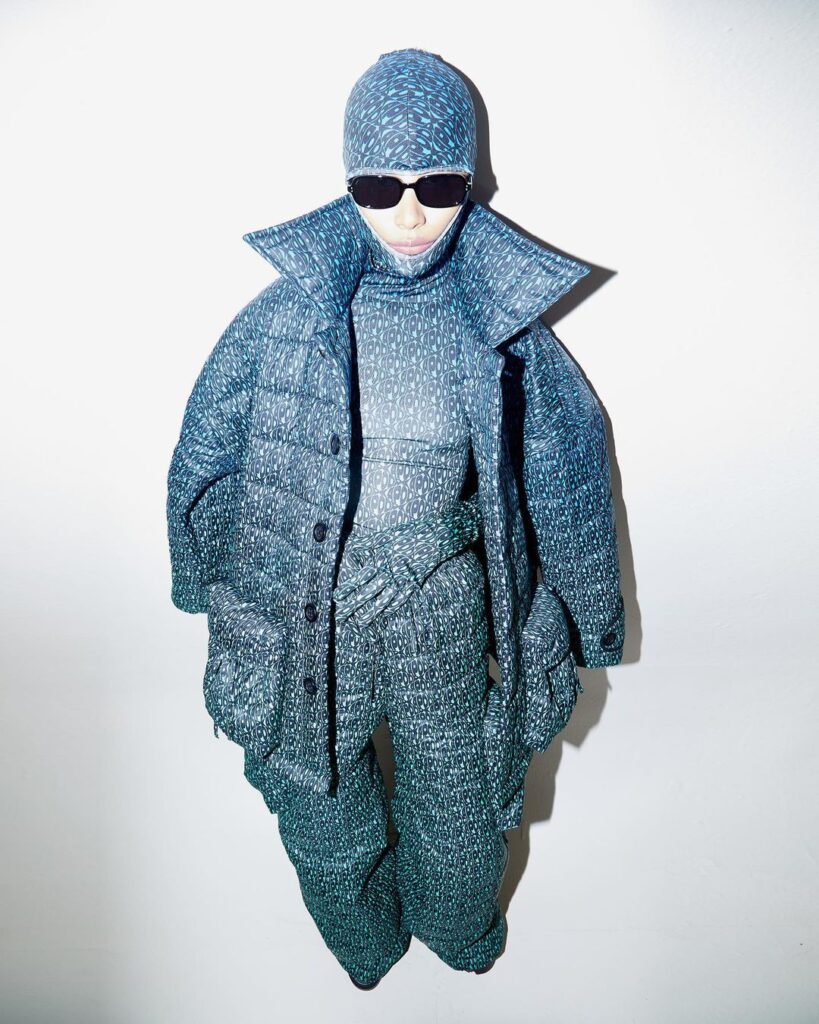
Social Media has been the platform to communicate and consume streetwear culture
We can’t deny that generally speaking, social media has played a major part in the globalization of many things, fashion among them. It has given countless nations access to subcultures they would’ve otherwise never interacted with. It’s the reason why a certain sense of uniformity seems to permeate the way people dress. Sure, there are differences depending on location and things like climate and tradition, but it’s often the same word in different fonts.
Social media has been not only the door to global streetwear for the Indian youth, but more importantly, it has been the way to represent, and communicate, Indian streetwear culture as a culturally relevant movement that has taken a life of its own. No longer an emulation of what could be seen in say, cosmopolitan Europe of the US, but rather an intrinsically Indian expression of modern-day fashion. This has allowed the Indian youth to recognize their very own latent community, alive, well, and thriving in the online realm, which soon travelled from reels to the streets.

Youtube shows such as Mainstreet and Sneakerwars, made by young creators for the actual youth are proof that there is a demographic thirsty for the hype life.
How is Indian streetwear taking on a life of its own? What brands are leading the charge?
Sure, your typical streetwear is said to have been born among the sun-bathed streets of California, a natural consequence of the surf&skate culture. Yet nowadays we are clearly witnessing a blatant emboldening of it in Oriental contemporary fashion. Something that also highlights the fact that many typical elements in streetwear were present in Indian culture before the arrival of this trend. Bursts of colour and explosions of patterns, layers upon layers, fabrics draped over one another… Remind you of anyone? So really who copied who? It may sound like a stretch, but is it, truly? What came first, the chicken or the egg?
Regardless of whether there could be some truth to this, or it’s a hugely erroneous theory, one thing’s for sure: Indian labels have certainly made streetwear their own entirely.
NorBlack NorWhite
We absolutely adore the Indian label NorBlack NorWhite, the brainchild of the incredibly talented and awe-inspiring duo Mriga Kapadiya and Amrit Kumar. While the founders are based in Toronto, they stay true to their roots and even use Indian production methods, such as Indian tie-and-dye techniques like Bandhni and Ikat.
Dhruv Kapoor
Eponymous label Dhruv Kapoor gives transformative expressive empowerment vibes. Literally. The designer will settle on something he despises and rework it until he loves it. Kapoor seeks to make clothes that will embolden one to feel not simply that they can be whoever they want to be, but like they already are that person.
KGL (Kanika Goyal Label)
Focusing on neo-luxury, sartorial cool vibes, KGL stands for non-traditionalism and seeks to deconstruct and modernize the old-time, taut tradition of tailoring. KGL’s approach is almost mathematical in the sense that it plays around a lot with shapes, colour-blocking, shadows, and light.
HUEMN
This brand we find particularly intriguing. Already the name is just a beautiful play on words between hue and human, a reference to colour, and its human spirit focused on uplifting diversity and community. The goal behind the label’s inception was to create garments that could be exciting and empowering while remaining affordable. Thus giving the youth of India a uniform they could wear proudly.
